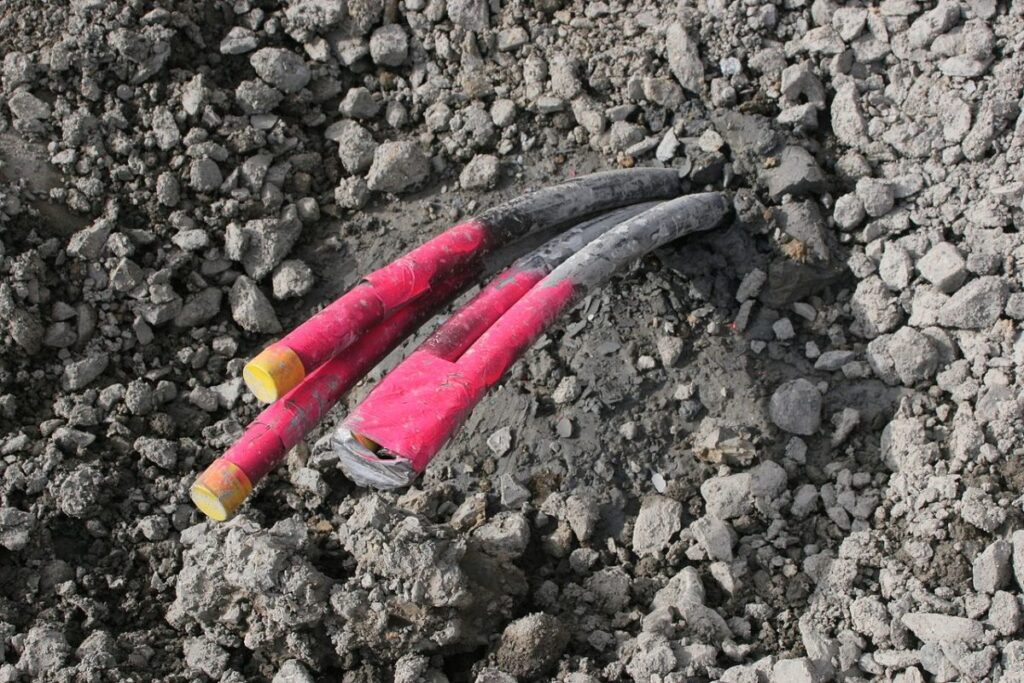Scientists have proposed a new system that uses excess PV energy in spring and autumn to charge underground thermal energy storage for later use in summer and winter. They simulated it at a school facility in Seoul, with a few optional thermal storage configurations. Energy savings were up to 39%.
An international research team has developed a new PV-powered heat pump system that uses excess electricity generation to charge an underground thermal energy storage (UTES), which in turn improves the heat pump’s activity.
Based on the simulation of three case studies, the system was able to save up to 14% of energy in power-to-heat (P2H) operations and up to 39% in power-to-cool (P2C) operations.
“The number of solar photovoltaic installations has increased dramatically, creating a huge surplus of electricity generation, which has become a problem that needs to be addressed through alternative means,” the academics said. “A balance between generation and consumption can be achieved by using P2H and P2C approaches to effectively use excess PV electricity. However, one of the main problems in its application is the lack of an advanced system configuration with an operational strategy, coupled with simple or complex control methods to achieve this balance.”
The new system was simulated in the TRNSYS 18 software. The main operational method is to use excess PV energy in spring and autumn, because there is less demand for heating and cooling in those months. In the spring the heat pump cools the UTES and later supports cooling the following summer. In autumn, on the other hand, the heat pump charges the UTES with heating, supporting comfortable temperatures in winter.
The proposed system simulation was applied to a public school building in Seoul, South Korea. The 2,500 m2 roof was covered with PV panels with an efficiency of 21% to power an air-water-water load (ASWL) heat pump. It is believed to have a heating and cooling capacity of 160 kW with energy consumption of 40 kW and 50 kW for cooling and heating respectively. In addition, to convert the heat energy of the water into air that can be used in the heat pump, a 4 kW heat exchanger was used with air and water flow rates of 10,000 l/s and 300,000 kg/hour respectively.
In the base scenario that was tested, only the PV-driven heat pump was used, while in case 1 a shallow UTES was used and in case 2 a deep UTES was used. Furthermore, the shallow installation consisted of 964 boreholes with an adjusted volume of 800 m3 and a depth of 1.5 m, and the deep UTES consisted of 10 boreholes with a depth of 150 m and an equal volume of 800 m3.
“The school building model was chosen for its simplicity and consists of four floors, each with a total exterior area of 1,312 m2 through which the thermal losses occur,” the researchers said. “The zone conditioning signal maintains the room temperature between 18 C and 22 C during the heating period and between 24 C and 28 C during the cooling period. The cooling and heating loads were 26.27 kWh/m2 and 52.69 kWh/m2 respectively.”
The simulation results showed that the seasonal coefficient of performance (SCOP) in winter and summer increased by 9% and 27% for case 1 and by 9% and 25% for case 2, respectively. Compared to the base case, this resulted in energy savings in heating 14% and cooling of 39% in case 1 and 13% and 36% in case 2.
“Cases 1 and 2 produced approximately the same self-consumption ratio (SCR) and excess energy use ratio (SEUR), with estimated values of 81% for the SCR and 26% for the SEUR,” the academics said. “In addition, UTES thermal efficiencies of approximately 60% and 52% were obtained for cases 1 and 2, respectively.”
The system was described in “Development and simulated evaluation of inter-seasonal power-to-heat and power-to-cool with underground thermal storage for self-consumption of excess solar energy in buildings”, published in Energy conversion and management. The research team consists of scientists from Kenya’s University of Nairobi and South Korea’s Korea Institute of Energy Research.
This content is copyrighted and may not be reused. If you would like to collaborate with us and reuse some of our content, please contact: editors@pv-magazine.com.

